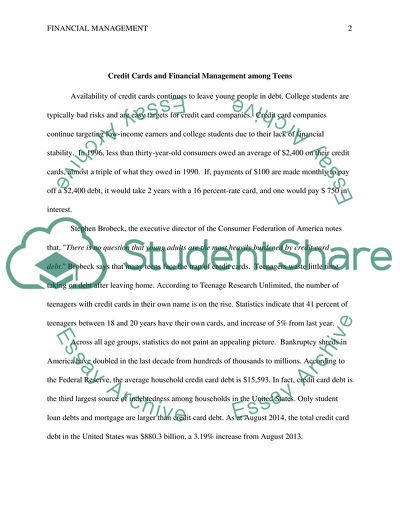Cite this document
(Financial management about credit card research paper, n.d.)
Financial management about credit card research paper. https://studentshare.org/finance-accounting/1847324-financial-management-about-credit-card-research-paper
Financial management about credit card research paper. https://studentshare.org/finance-accounting/1847324-financial-management-about-credit-card-research-paper
(Financial Management about Credit Card Research Paper)
Financial Management about Credit Card Research Paper. https://studentshare.org/finance-accounting/1847324-financial-management-about-credit-card-research-paper.
Financial Management about Credit Card Research Paper. https://studentshare.org/finance-accounting/1847324-financial-management-about-credit-card-research-paper.
“Financial Management about Credit Card Research Paper”. https://studentshare.org/finance-accounting/1847324-financial-management-about-credit-card-research-paper.


